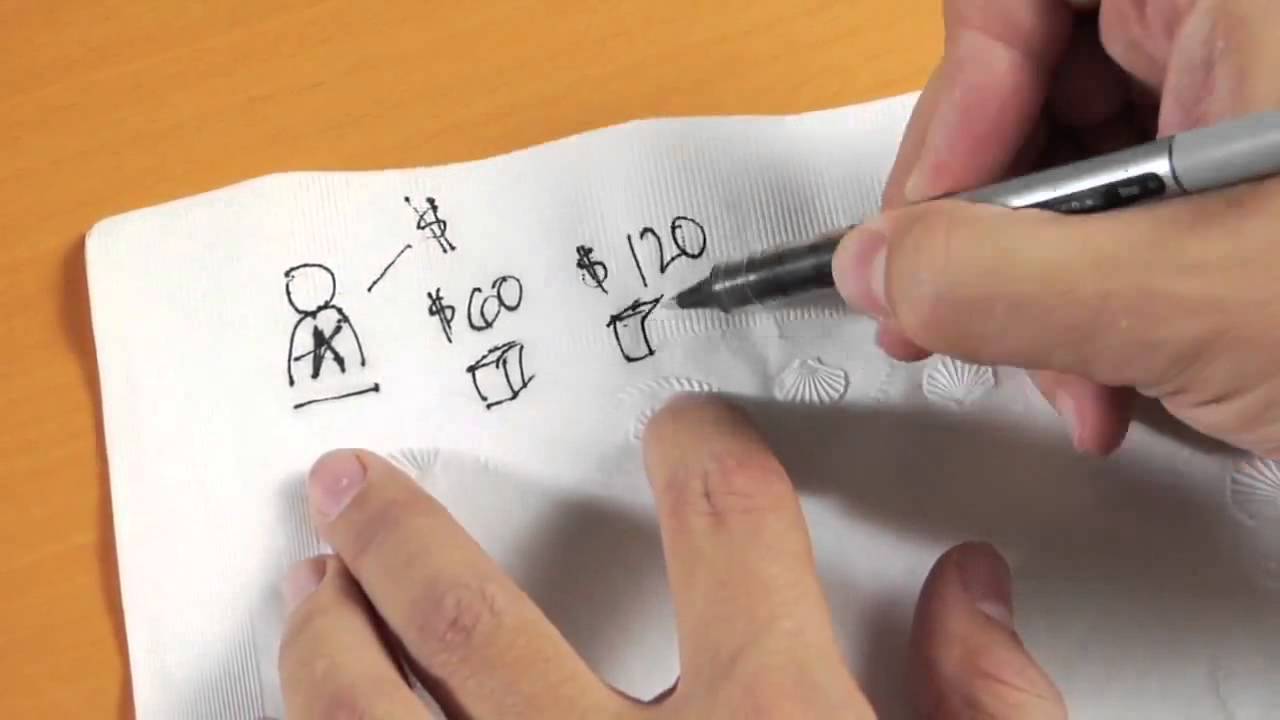 If there is a single New Year’s resolution that YOU should KEEP in the new year, investing, growing and building your major gift program should be the one.
If there is a single New Year’s resolution that YOU should KEEP in the new year, investing, growing and building your major gift program should be the one.
Richard and I are always amazed at how often we hear Executive Directors and Development Directors lament that their fundraising programs are not growing like they should be. And, because it seems like an easier path to pursue, they focus on how they can get more performance and revenue out of their direct-response programs.
In most cases, that is like squeezing blood from a stone. Yes, there are some things you can do here and there to increase revenue, such as writing better letters, making sure your website is donor-centered and providing good offers. But none of these will be game-changers.
What will? Creating, building and implementing a solid major gift program. At Veritus Group, we have found that when you take the discipline of direct-response (accountability, focus, results) and apply it to your major gift program, great things happen… game-changing things.
For too long, non-profits have treated their major gift program as something to do on the side when there’s time to go to lunch with a wealthy board or community member. They bring along the CEO or President of the organization, talk about how great things are going and then avoid asking for anything. This is followed by the drive back to the office with the good feeling that the donor may be interested in giving at the end of the year.
If this is how your development team looks at major gifts, it needs to change next year. Here is what you need to consider:
- Audit your major donor file — Review all donors who gave at least $1,000 cumulatively in any one of the last four years, then track their donor behavior in subsequent years. You’re reviewing donor attrition and donor value attrition. Once you have done this you should be able to identify how much labor you will need to qualify, cultivate and steward these donors. Many non-profits don’t realize how much money is being left on the table because no one is building relationships with major donors. A data audit of your file will show you how much revenue you are potentially watching go down the drain. I’ve seen donor files where someone gave $50,000 in 2010 and now they are only giving $1,000 a year and no one in the organization knows why. Or they don’t even know who the donor is.
- Review personnel — How many staff members are currently working with major donors? What are their caseload sizes? If they are over 150 donors you have a problem. If you have five MGOs with 25-50 donors and a caseload value of only $250,000… you have a big problem. Do you have the right people? Richard and I run into many situations where non-profits have assigned staff to major donors to cultivate and the staff have no skills in that area. Investing in major gifts means investing in the right people to care for your donors.
- Build a structure — The problem with most major gift programs is that they have little structure and accountability. Do you have a process for qualifying donors into a major gift program? Do you have the right number of MGOs to cultivate, steward and build meaningful relationships with donors? Do you have revenue goals and strategic plans for every donor? Are the donors tiered properly so your MGOs are focused on the right donors? Do you have solid evaluation criteria for those working with major donors? Each of these areas needs to be addressed in order to build a successful and thriving major gift program.
- Ask — You may be laughing at this one, but it’s no joke. Richard and I have evaluated major gift programs that have multiple MGOs with caseloads that are grossly underperforming because the MGOs simply don’t ask for gifts. They may do some visits here and there, have lunch with donors and perhaps send a year-end letter, but that’s it. Or, if they do ask, they are not asking enough. They haven’t done enough research to understand the capacity of the donor, or they simply have not taken the time to get to know their donors. How does this even happen? It starts at the top of the organization with lack of leadership and discipline. You would not believe the incredible turnarounds we have seen once MGOs really start asking donors for gifts that will make an impact.
If you are sitting at your desk wondering how you can grow revenue next year, the first place to start is major gifts. It should be the revenue source that allows you to do most of your work. This is where the majority of your net revenue should be coming from. If it’s not, then it’s time to turn it around.
We have seen dramatic results when an investment is made in the major gift program. Not only do you see short-term revenue results, but also you start creating a long-term path of revenue growth through the building of solid donor relationships.
Jeff
P.S. If we’ve convinced you that investing in major gifts should be a priority for you in the new year, but you don’t know where to start or what to do, give me a call at 267-254-2939 or write to me. We can start by providing you with that AUDIT that we wrote about in an earlier post and we’ll do it for FREE. Just get hold of me.
Series details:
#1 – Figure out where you are
#2 – Invest in your major gift program (this post)
#3 – Unclog your pipes!
#4 – Build a solid bridge
#5 – Take care of your people
#6 – Take care of yourself







0 Comments